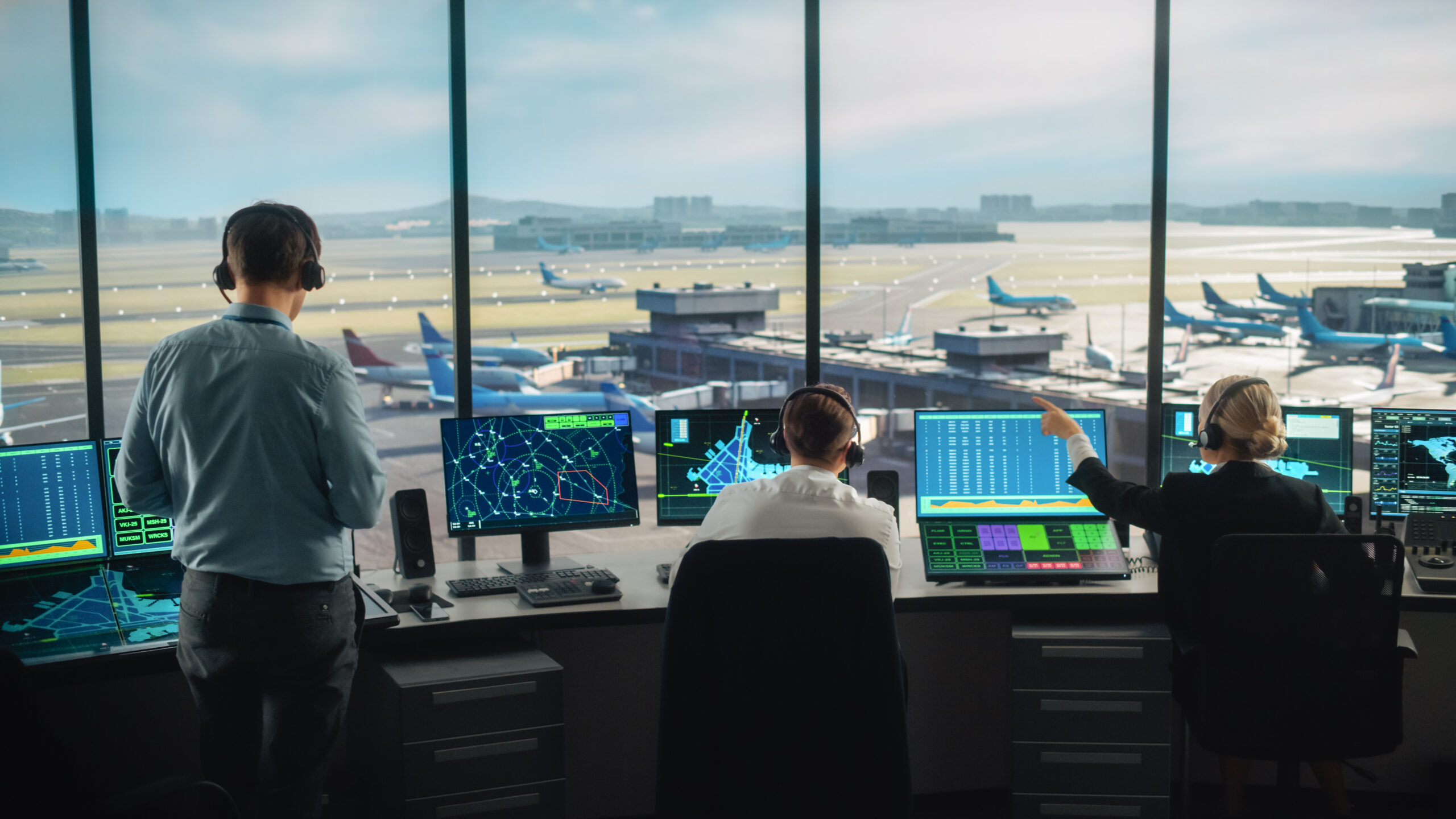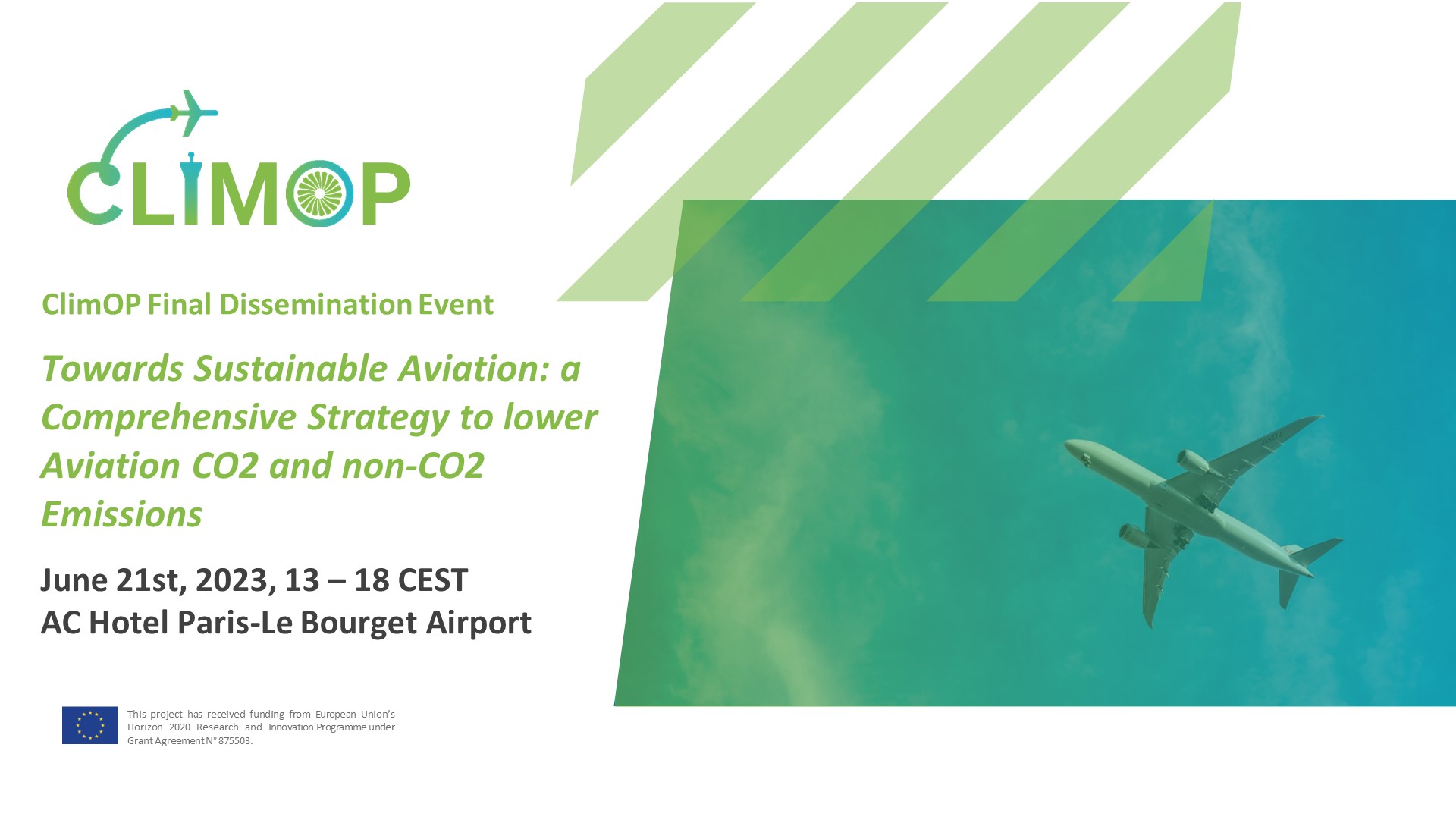In the next decades, various sectors will play a major role in accelerating climate change. With this article we dug deeper into aviation operations and their effect on global warming, starting from the question: “What is aviation’s impact on the climate, and can something effectively be done about it?”
In the year 2005, aviation was responsible for 5% of human-induced climate. Since then, the demand for air transportation has surged, and it is estimated to grow at an average rate of 5% a year for the next twenty years. Though the global COVID-19 pandemic has put a great challenge on the aviation industry, we expect that aviation, a fundamental part of the modern world that provides long-range mobility, will eventually recover. This makes the climate effects of aviation a vital topic for research and policy formulation. Within the research group of ATO (Aircraft Transport and Operations) and ANCE (Aircraft Noise and Climate Effects), TU Delft, we work on making operations sustainable at both ground level and flight level.
Saving Resources
Like saving energy and water at home, the first step towards sustainable aviation is to improve the way we use and reuse resources today. The efficient usage of resources, such as fuel, aircraft and spare parts, or airport ground services, results in less energy to provide safe and reliable air mobility to passengers and cargo items, meeting the present’s mobility needs without compromising the goals of future generations.
To start this process today, we must consider current technology and challenge how we can optimise its use. ATO uses cutting-edge technology from artificial intelligence such as data-driven methods, machine learning, agent-based modelling, and multi-objective optimization to promote sustainable developments in its three dimensions: environment, social, and economics. For example, ATO is proposing solutions to schedule the maintenance of aircraft components based on updated health estimations to keep aircraft and its components in service longer; optimizing ground and in-flight operations to reduce the overuse of resources, the environmental impact of these operations, and mitigate disruptions in passengers’ itineraries; and improving air transport operations safety by predicting safety precursors and modelling potential accidents.
A systematic approach
Sustainable aviation is only possible with the acceptance and integration of new sustainable solutions. More efficient innovative aircraft designs, green fuels, or alternative operations can only be a sustainable option if accepted by stakeholders and used in practice. Only the most promising solutions that represent an economic and operational advantage to operators while answering society’s future needs and not compromising safety goals will be gradually integrated into practice.
With this perspective, ATO is studying, for instance, the feasibility for airlines to operate new aircraft design concepts or aircraft powered by alternative fuels, challenging the design concepts and their operational requirements. Similarly, ATO is analysing electric taxiing technologies to reduce fuel consumption and greenhouse gas emissions during ground operations. ATO is also considering the growing individual mobility needs and the increasing interest in urban air mobility. The group evaluates its operational, safety, and environmental challenges while studying its integration into the existing mobility system.
Not only carbon-free
When people think of climate change, they think about carbon dioxide (CO2) emissions; but this is not the entire story. “Green” efforts so far have mainly been directed towards minimizing CO2 emissions by reducing fuel burn (and hence, costs). However, recent aviation research has glaringly shown the impact of non-CO2 effects, e.g., Nitrogen oxides (NOx), water vapour, aerosols, and condensation trails (contrails), contribute to nearly two-thirds of aviation’s climate impact! A salient property of non-CO2 emissions is that their effect is highly dependent on where and when they are released into the atmosphere.
Regions, where they have a large impact, are defined as “climate-sensitive regions” and can be detected with the help of climate models. ANCE is committed to applying innovative and constructive ideas that not only focus on a more holistic approach but also one that can be implemented in the near future. For instance, ANCE works collaboratively with other partners in developing models that can effectively predict climate-sensitive regions. Accordingly, an operational measure called climate-optimized flight planning proposed by ClimOp can be introduced to avoid these sensitive regions. The group is evaluating the effectiveness of the climate models and the contributions to sustainable aviation.
Focusing on stakeholders
All relevant stakeholders have to be taken into account because changing daily operations for the climate impacts various groups. For instance, a flight from Amsterdam to London is characterized by multiple performance indicators such as flight cost, flight time, climate impact, and certain risk factors. These have to be accurately determined so that the effect on customers, airlines, airports, air traffic controllers, and society is well understood. Only then can effective policies and regulations be made to make climate-optimised routing a realistic prospect shortly. Therefore, for sustainable aviation to work, there has to be a common understanding and acceptance of the problem at hand and a sense of collective responsibility, especially among stakeholders, researchers, and policymakers.
Interested in joining us in our goal of climate-neutral aviation?
https://www.tudelft.nl/en/ae/sustainable-aviation/
https://www.tudelft.nl/lr/organisatie/afdelingen/control-and-operations/air-transport-and-operations




